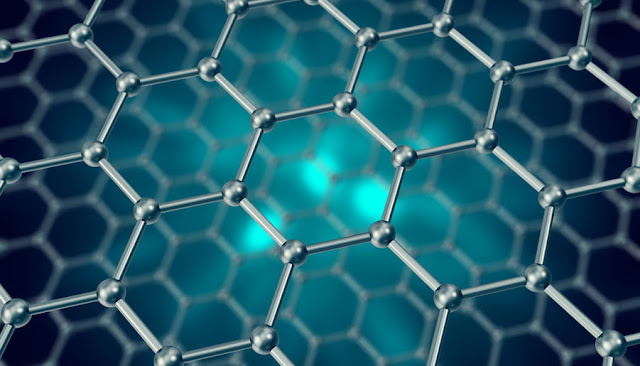POLYHERDRONS
A polyhedron is a solid with flat faces (from Greek poly-
meaning "many" and -hedron meaning "face").
Each face is a polygon (a flat shape with straight sides).
So no curved surfaces: cones, spheres and cylinders are not
polyhedrons.
The names of the polyhedrons are derived from the number of faces they
have:
Name
|
No. of faces
|
Tetrahedron
|
A polyhedron with 4
faces.
|
Pentahedron
|
A polyhedron with 5
faces.
|
Hexahedron
|
A polyhedron with 6
faces.
|
Heptahedron
|
A polyhedron with 7
faces.
|
Octahedron
|
A polyhedron with 8
faces.
|
Nonahedron
|
A polyhedron with 9
faces.
|
Decahedron
|
A polyhedron with
10 faces
|
Parts of a polyhedron
Every polyhedron has three parts:
·
Face: the flat surfaces that make up a polyhedron
are called its faces. These faces are regular polygons.
·
Edge: the regions where the two flat
surfaces meet to form a line segment are known as the edges.
·
Vertex: It is the point of intersection of
the edges of the polyhedron. A vertex is also known as the corner of a
polyhedron. The plural of vertex is called vertices.
Is a cube a polyhedron?
In geometry, a cube is a three-dimensional solid object bounded
by six square faces, facets or sides, with three meeting at each vertex. The
cube is the only regular hexahedron and is one of the five Platonic solids. ...
The cube is the only convex polyhedron whose faces are all squares.
Only five regular polyhedrons exist: the tetrahedron (four triangular
faces), the cube (six square faces), the octahedron (eight triangular faces—think of two pyramids placed bottom to
bottom), the dodecahedron (12 pentagonal faces), and the icosahedron (20 triangular faces).
So, Polyhedrons are classified and named according to the number
and type of faces.
A polyhedron with four sides is a tetrahedron, but is also
called a pyramid. The six-sided cube is also called a hexahedron.
A polyhedron with six rectangles as sides also has many names—a rectangular
parallelepided, rectangular prism, or box.
In geometry, an icosahedron is a polyhedron with 20 faces.
Number of faces: 20
Number of vertices: 12
Number of edges: 30
Volume: 5×(3+√5)/12 × a³
Side shape: Triangle
DODECAHEDRON
A regular dodecahedron or pentagonal dodecahedron is a
dodecahedron that is regular, which is composed of twelve regular pentagonal faces, three meeting at
each vertex. It is one of the five Platonic solids. It has 12 faces, 20
vertices, 30 edges, and 160 diagonals (60 face diagonals, 100 space diagonals).
ALL ABOUT POLYHEDRONS
 Reviewed by CREATIVE SCIENCES
on
March 13, 2020
Rating:
Reviewed by CREATIVE SCIENCES
on
March 13, 2020
Rating:
 Reviewed by CREATIVE SCIENCES
on
March 13, 2020
Rating:
Reviewed by CREATIVE SCIENCES
on
March 13, 2020
Rating:










